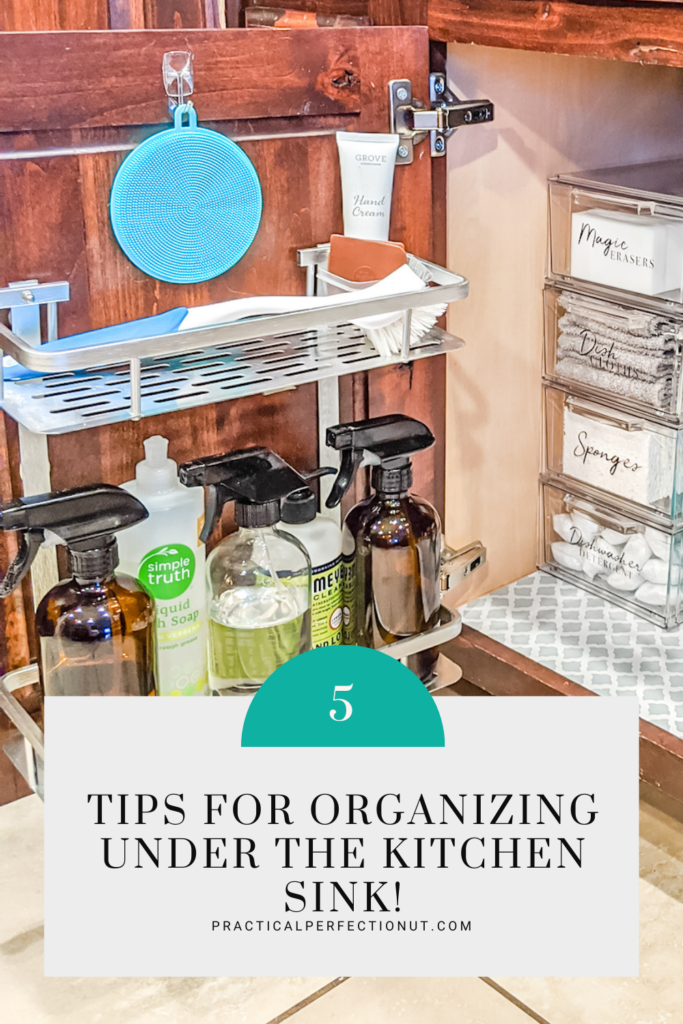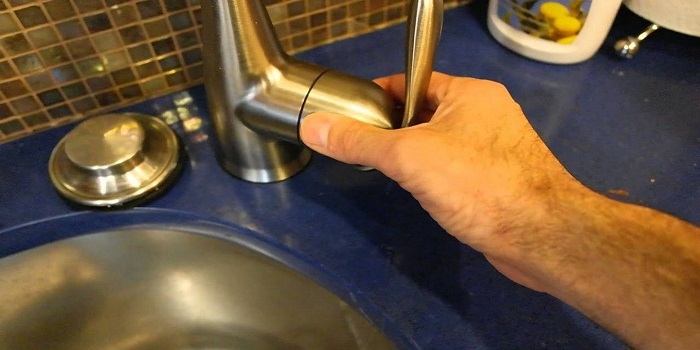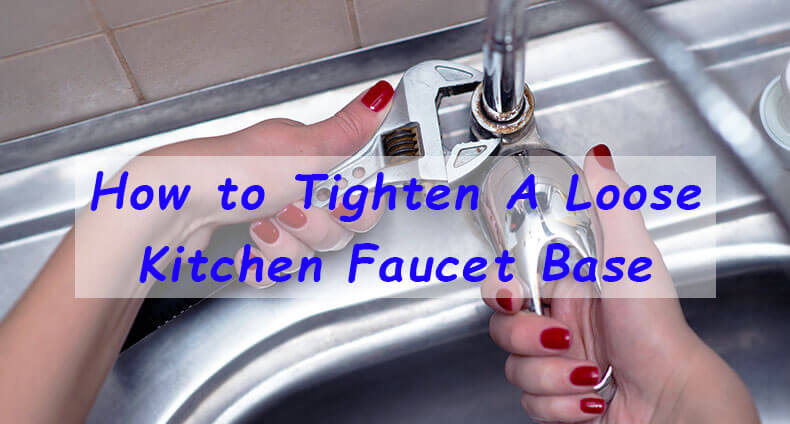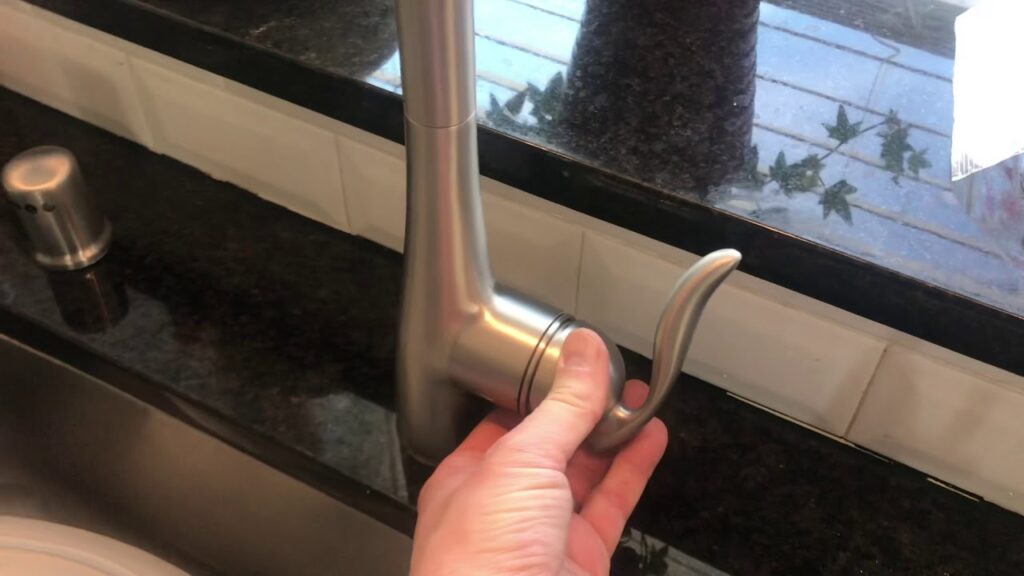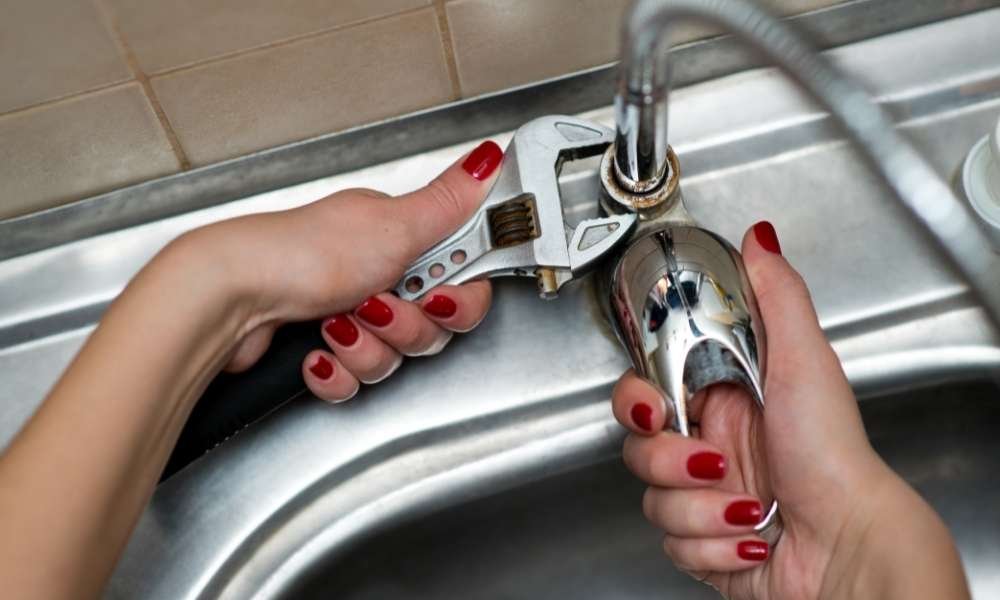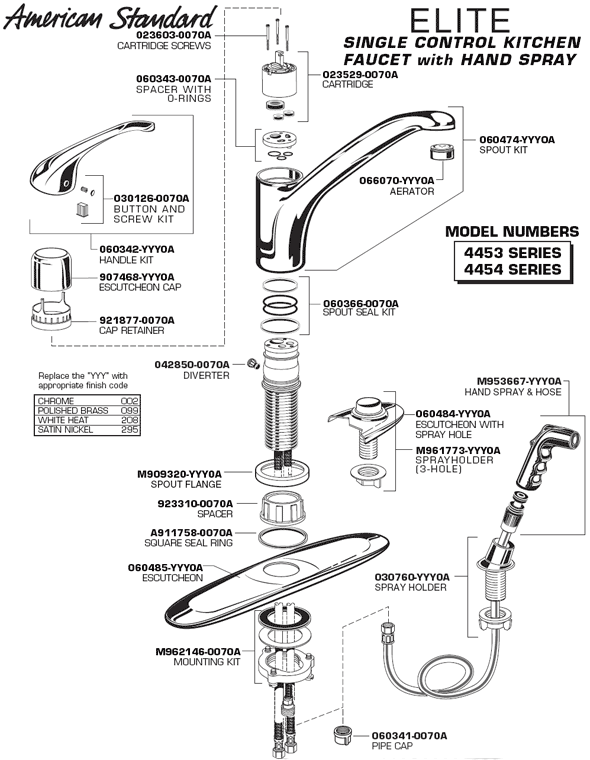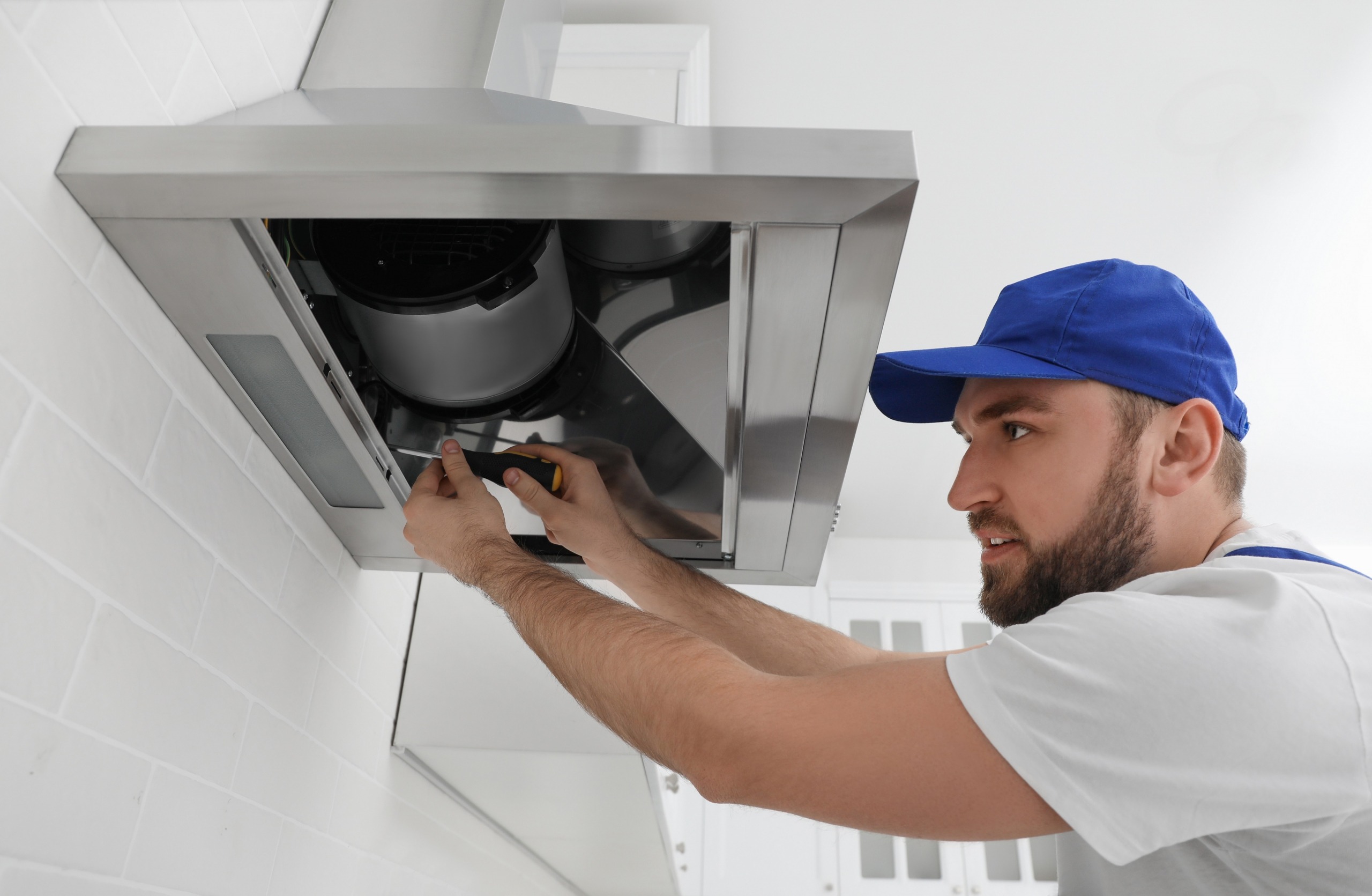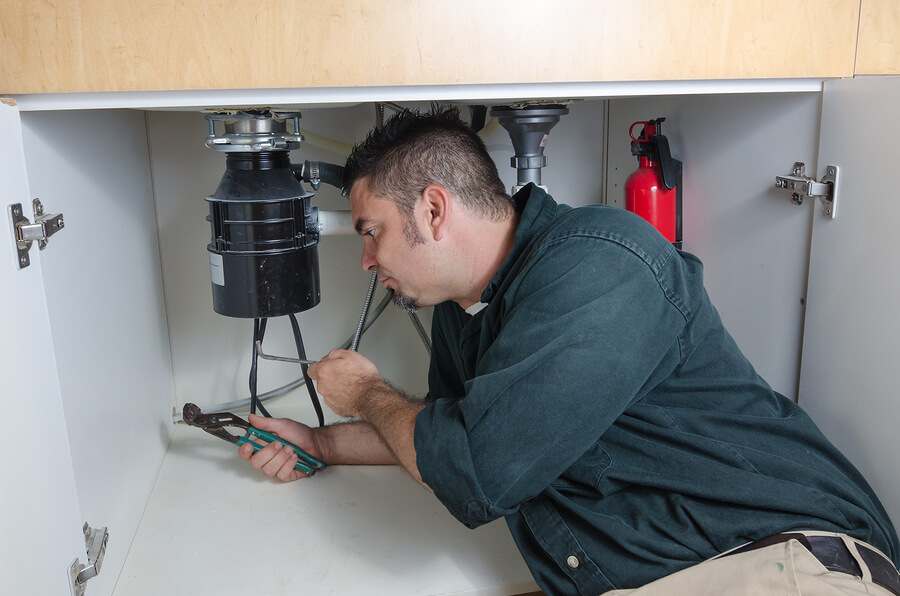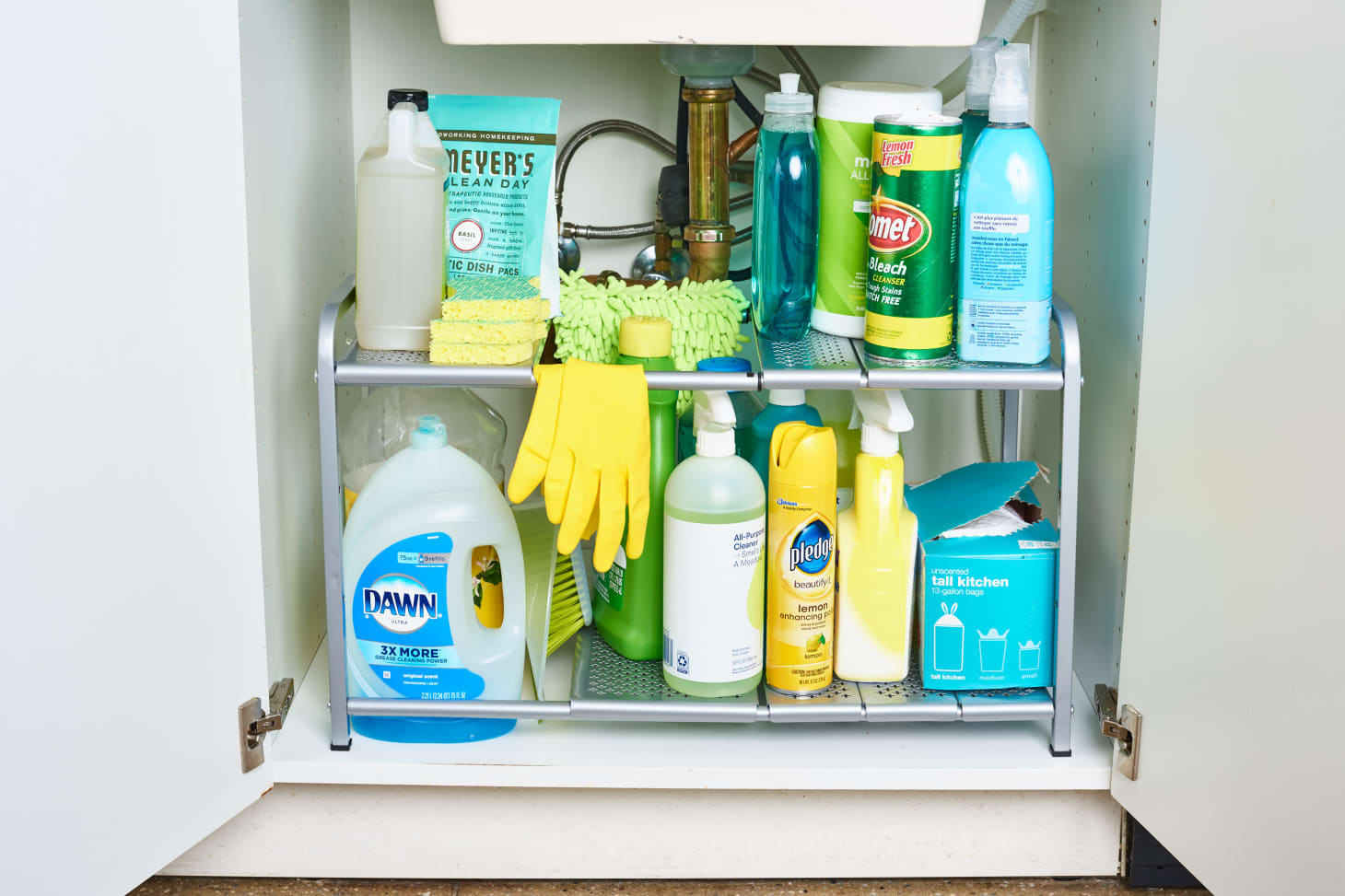Are you tired of dealing with a kitchen sink that constantly shifts and moves around? Not only is it annoying, but it can also cause serious damage to your countertop and plumbing. Luckily, there are simple steps you can take to secure your kitchen sink and keep it in place for good. The first step is to identify the cause of the movement. Is it the sink itself or the countertop that's shifting? If it's the sink, the problem may lie with the mounting clips or brackets. If it's the countertop, it may be due to a weak or unstable base. To secure a kitchen sink that moves around, start by removing any items from your sink and clearing out the cabinet space underneath. This will give you better access to the sink and make the process easier. Next, check the mounting clips or brackets. If they are loose or broken, they will need to be replaced. You can find replacement clips or brackets at your local hardware store or online. Once you have the new ones, remove the old ones and install the new ones according to the manufacturer's instructions. If the mounting clips or brackets are in good condition, but the sink is still moving, you may need to add additional support. This can be done by using a construction adhesive or silicone caulk to secure the sink to the countertop. Apply a small amount of adhesive or caulk to the top of the sink rim and then press it firmly onto the countertop. Wipe away any excess adhesive or caulk and allow it to dry completely before using the sink. Another option for securing a kitchen sink is to use metal plumber's tape. This can be found at most hardware stores and is a cost-effective solution. Simply wrap the tape around the sink and then tighten it with a screwdriver. This will provide extra support and prevent the sink from shifting. It's also important to make sure that the sink is properly centered and aligned with the countertop. If it's off-center, it can cause movement and instability. Use a level to check the sink and make any necessary adjustments. Once you've secured the sink, test it by running water and using the sink as you normally would. If it still moves, you may need to call in a professional plumber to assess the situation.1. How to Secure a Kitchen Sink That Moves Around
A kitchen sink that moves around can be caused by a variety of factors. One of the most common causes is old or faulty mounting clips or brackets. Over time, these can become loose or break, causing the sink to shift and move. Another common cause is an uneven or weak countertop base. This can happen if the base is not properly supported or if it has been damaged over time. When the base is unstable, it can cause the sink to move and shift. Improper installation can also be a factor in a kitchen sink that moves around. If the sink was not installed correctly, it can cause problems down the line. This is why it's important to hire a professional plumber for sink installations. In some cases, the sink itself may be the issue. If it's an older sink, it may have developed cracks or damage that is causing it to move. In this case, the sink will need to be replaced to solve the problem. Lastly, an unsecured garbage disposal can also cause a kitchen sink to move around. If the disposal is not properly attached to the underside of the sink, it can create movement and instability. Make sure to check the connections and tighten them if necessary.2. Common Causes of a Kitchen Sink That Moves Around
Fixing a kitchen sink that moves around doesn't have to be a daunting task. With the right tools and techniques, you can secure your sink and prevent it from shifting in no time. First and foremost, make sure to clear out the cabinet space underneath the sink before attempting to fix it. This will give you better access and make the process easier. Next, identify the cause of the movement. If it's the sink itself, check the mounting clips or brackets. If they are loose or broken, they will need to be replaced. If they are in good condition, you may need to add additional support using construction adhesive or plumber's tape. If the sink is properly secured but still moves, check the alignment. Use a level to make sure it's centered and make any necessary adjustments. A misaligned sink can cause movement and instability. It's also a good idea to reinforce the sink's connections to the plumbing. This can be done by tightening any loose connections or adding extra support with plumber's tape. If all else fails, it may be time to call in a professional plumber. They can assess the situation and provide a more permanent solution to securing your kitchen sink.3. Tips for Fixing a Kitchen Sink That Moves Around
If you're in the process of installing a new kitchen sink, it's important to make sure it's properly secured to prevent any future movement. Here's a step-by-step guide on how to install a kitchen sink that won't move around: 1. Start by clearing out the cabinet space underneath the sink and removing any old sinks or debris. 2. Measure the sink opening and purchase a sink that will fit snugly into the space. 3. Prep the sink by applying a bead of silicone caulk around the edge of the sink rim. 4. Carefully lower the sink into the opening and press it firmly onto the countertop. 5. Use a level to make sure the sink is properly aligned and centered. 6. Install the mounting clips or brackets according to the manufacturer's instructions. 7. If needed, reinforce the sink with construction adhesive or plumber's tape. 8. Connect the plumbing and garbage disposal, making sure all connections are tight and secure. 9. Test the sink by running water and using it as you normally would. 10. If the sink stays in place, you have successfully installed a kitchen sink that won't move around.4. How to Install a Kitchen Sink That Won't Move Around
A kitchen sink that keeps moving around can be a frustrating and potentially damaging problem. Here are some reasons why your sink may be shifting and how to stop it: - Old or faulty mounting clips or brackets: Over time, these can become loose or break, causing the sink to move. Replace them with new ones to secure the sink in place. - Unstable countertop base: If the base is weak or uneven, it can cause the sink to shift. Use construction adhesive or plumber's tape to add extra support. - Improper installation: If the sink was not installed correctly, it can cause problems down the line. Make sure to hire a professional plumber for installations to ensure it's done properly. - Damaged sink: If the sink itself is cracked or damaged, it may be the cause of the movement. In this case, the sink will need to be replaced. - Unsecured garbage disposal: Make sure the disposal is properly attached to the sink to prevent any movement or shifting.5. Why Your Kitchen Sink Keeps Moving Around and How to Stop It
Properly securing your kitchen sink is crucial for several reasons: - Prevents damage: A loose or shifting sink can cause damage to your countertop and plumbing, leading to expensive repairs. - Ensures functionality: A secure sink allows you to use it without worrying about it moving or causing any issues with the plumbing. - Avoids safety hazards: An unsecured sink can be a safety hazard, especially if you have small children or pets in the house. - Saves time and money: By properly securing your sink, you can avoid future repairs and save yourself time and money in the long run.6. The Importance of Properly Securing Your Kitchen Sink
Loose kitchen sink clips are a common cause of a sink that moves around. Here's how to tighten them: 1. First, clear out the cabinet space underneath the sink to give you better access. 2. Use a screwdriver to tighten the clips by turning them clockwise. 3. If the clips are damaged, replace them with new ones. 4. Test the sink to make sure it's secure and doesn't move.7. How to Tighten Loose Kitchen Sink Clips
To prevent your kitchen sink from moving around in the future, follow these tips: - Use a level during installation to ensure the sink is properly aligned. - Reinforce the sink with extra support using construction adhesive or plumber's tape. - Regularly check and tighten any loose connections. - Avoid placing heavy objects or excessive weight on the sink. - Hire a professional plumber for installations to ensure it's done correctly.8. Preventing Your Kitchen Sink from Moving Around
If your kitchen sink is still moving around after attempting to secure it, here are some troubleshooting tips: - Check the mounting clips or brackets for any damage or looseness. - Make sure the sink is properly centered and aligned with the countertop. - Reinforce the sink with additional support using construction adhesive or plumber's tape. - Check the garbage disposal for any loose connections that may be causing movement. - If all else fails, call in a professional plumber to assess the situation and provide a solution.9. Troubleshooting a Kitchen Sink That Moves Around
If you're a DIY enthusiast, here are some common solutions for securing a kitchen sink that moves around: - Use construction adhesive or silicone caulk to secure the sink to the countertop. - Wrap plumber's tape around the sink and tighten it with a screwdriver. - Replace old or damaged mounting clips or brackets with new ones. - Use a level to check the sink's alignment and make any necessary adjustments. - Reinforce connections to the plumbing and garbage disposal.10. Common DIY Solutions for a Kitchen Sink That Moves Around
Kitchen Sink Moves Around: A New Trend in House Design

The Importance of a Functional Kitchen
 The kitchen is the heart of any home. It is where meals are prepared and memories are made. A functional kitchen is essential for any household, and homeowners are always on the lookout for ways to improve the functionality of their kitchen. One new trend that has emerged in the world of house design is a kitchen sink that moves around. This innovative feature not only adds a unique touch to your kitchen but also offers practical benefits. Let's take a closer look at this trend and how it can elevate your kitchen design.
The kitchen is the heart of any home. It is where meals are prepared and memories are made. A functional kitchen is essential for any household, and homeowners are always on the lookout for ways to improve the functionality of their kitchen. One new trend that has emerged in the world of house design is a kitchen sink that moves around. This innovative feature not only adds a unique touch to your kitchen but also offers practical benefits. Let's take a closer look at this trend and how it can elevate your kitchen design.
What is a Moving Kitchen Sink?
 A moving kitchen sink is exactly what it sounds like – a sink that can be moved around within the kitchen space. It is usually mounted on a track or rail system that allows it to slide from one end of the kitchen to the other. This feature allows for greater flexibility in kitchen design, as homeowners can adjust the placement of the sink according to their needs.
A moving kitchen sink is exactly what it sounds like – a sink that can be moved around within the kitchen space. It is usually mounted on a track or rail system that allows it to slide from one end of the kitchen to the other. This feature allows for greater flexibility in kitchen design, as homeowners can adjust the placement of the sink according to their needs.
Benefits of a Moving Kitchen Sink
 The main benefit of a moving kitchen sink is its ability to provide more counter space. By sliding the sink out of the way, homeowners can free up valuable counter space for food preparation or other kitchen tasks. This is especially useful in smaller kitchens where every inch of space counts.
Moreover, a moving kitchen sink offers convenience and efficiency. For example, if you are cooking a large meal and need to use multiple sinks, you can easily move your main sink to the center of the kitchen for easier access. It also makes cleaning up after a meal a breeze, as you can simply slide the sink to the side and have more room to wipe down the counters.
The main benefit of a moving kitchen sink is its ability to provide more counter space. By sliding the sink out of the way, homeowners can free up valuable counter space for food preparation or other kitchen tasks. This is especially useful in smaller kitchens where every inch of space counts.
Moreover, a moving kitchen sink offers convenience and efficiency. For example, if you are cooking a large meal and need to use multiple sinks, you can easily move your main sink to the center of the kitchen for easier access. It also makes cleaning up after a meal a breeze, as you can simply slide the sink to the side and have more room to wipe down the counters.
A Unique Touch to Your Kitchen Design
 Aside from its practical functions, a moving kitchen sink also adds a unique touch to your kitchen design. It is a feature that will surely impress your guests and make your kitchen stand out. With customizable track systems and various sink styles to choose from, you can create a look that fits your personal style and enhances the overall aesthetic of your kitchen.
Aside from its practical functions, a moving kitchen sink also adds a unique touch to your kitchen design. It is a feature that will surely impress your guests and make your kitchen stand out. With customizable track systems and various sink styles to choose from, you can create a look that fits your personal style and enhances the overall aesthetic of your kitchen.
Is a Moving Kitchen Sink Right for You?
 If you are considering incorporating a moving kitchen sink into your house design, there are a few things to keep in mind. First, make sure you have enough space in your kitchen to accommodate the track system. You also need to consider the plumbing and electrical requirements for the sink's movement. It is best to consult with a professional designer or contractor to ensure that the installation is done correctly.
In conclusion, a moving kitchen sink is a unique and functional addition to any kitchen. It offers practical benefits, adds a touch of sophistication to your design, and allows for more flexibility in your kitchen layout. If you are looking to elevate your kitchen design, consider incorporating this trend into your home. Your kitchen sink will no longer be a stationary fixture but a dynamic and versatile feature that will make your cooking and cleaning experiences more enjoyable.
If you are considering incorporating a moving kitchen sink into your house design, there are a few things to keep in mind. First, make sure you have enough space in your kitchen to accommodate the track system. You also need to consider the plumbing and electrical requirements for the sink's movement. It is best to consult with a professional designer or contractor to ensure that the installation is done correctly.
In conclusion, a moving kitchen sink is a unique and functional addition to any kitchen. It offers practical benefits, adds a touch of sophistication to your design, and allows for more flexibility in your kitchen layout. If you are looking to elevate your kitchen design, consider incorporating this trend into your home. Your kitchen sink will no longer be a stationary fixture but a dynamic and versatile feature that will make your cooking and cleaning experiences more enjoyable.

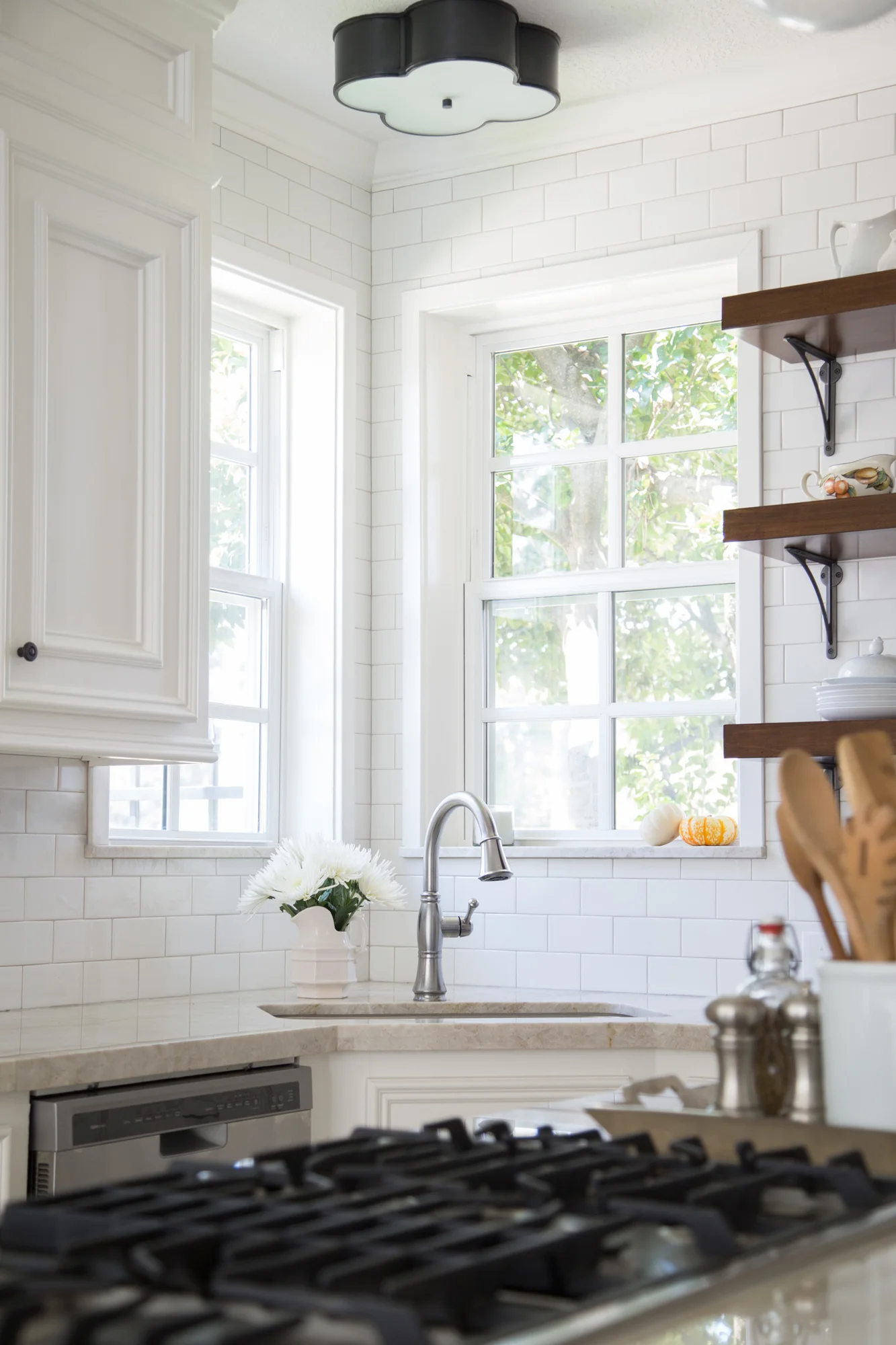

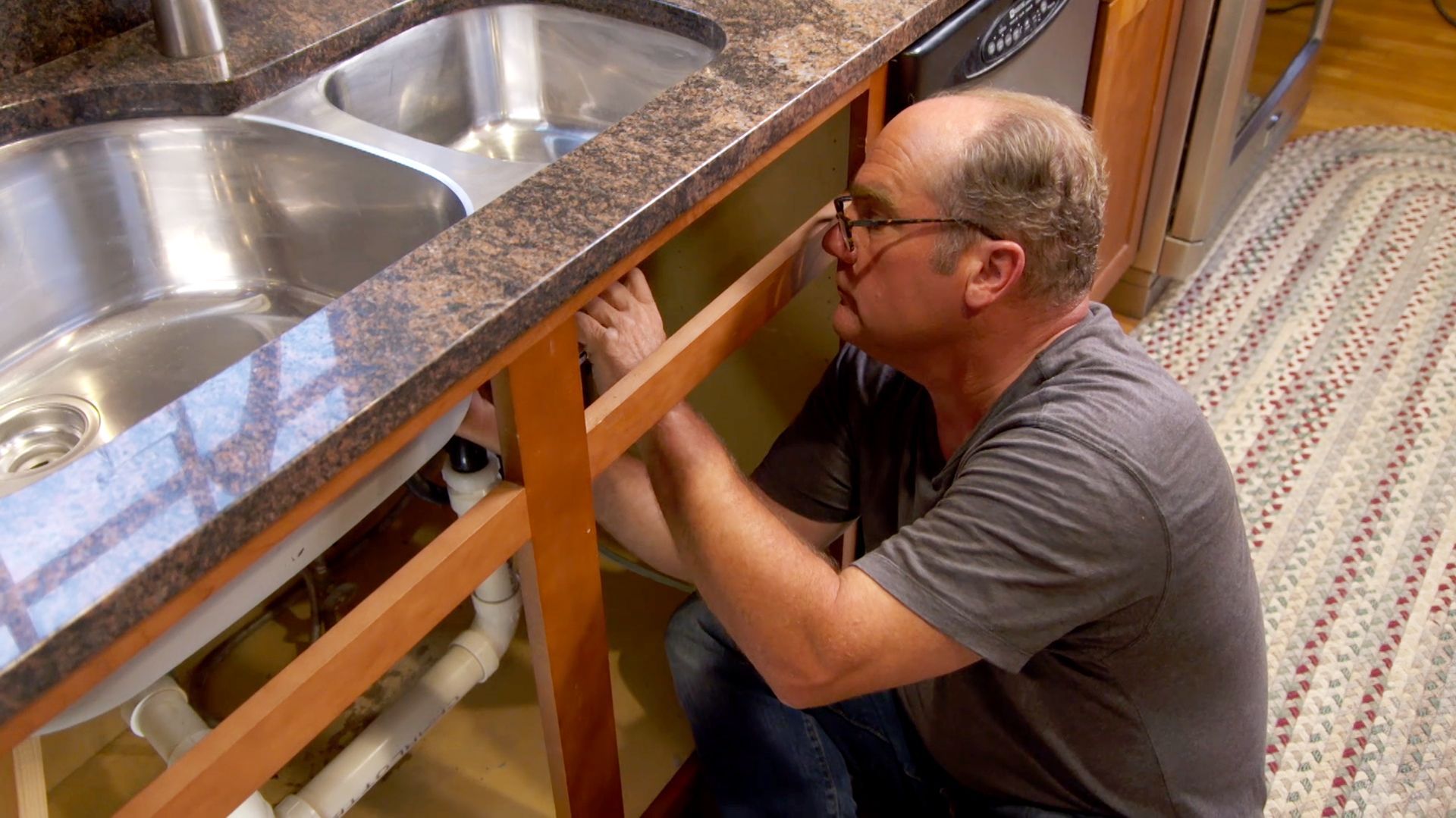

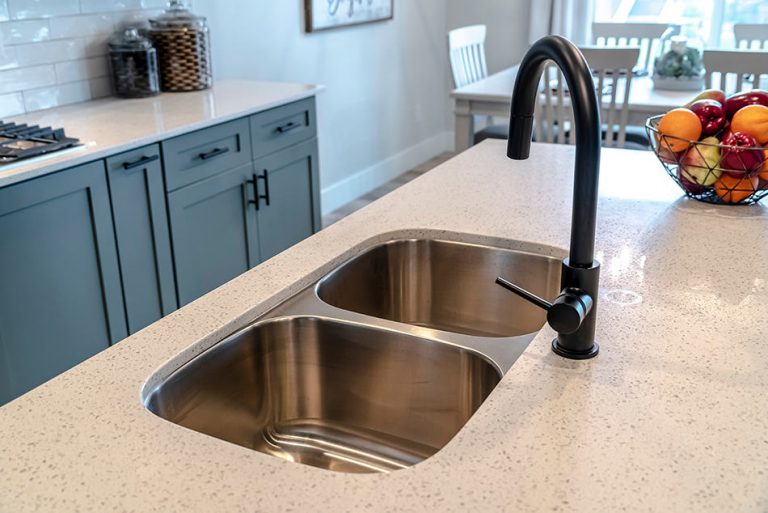








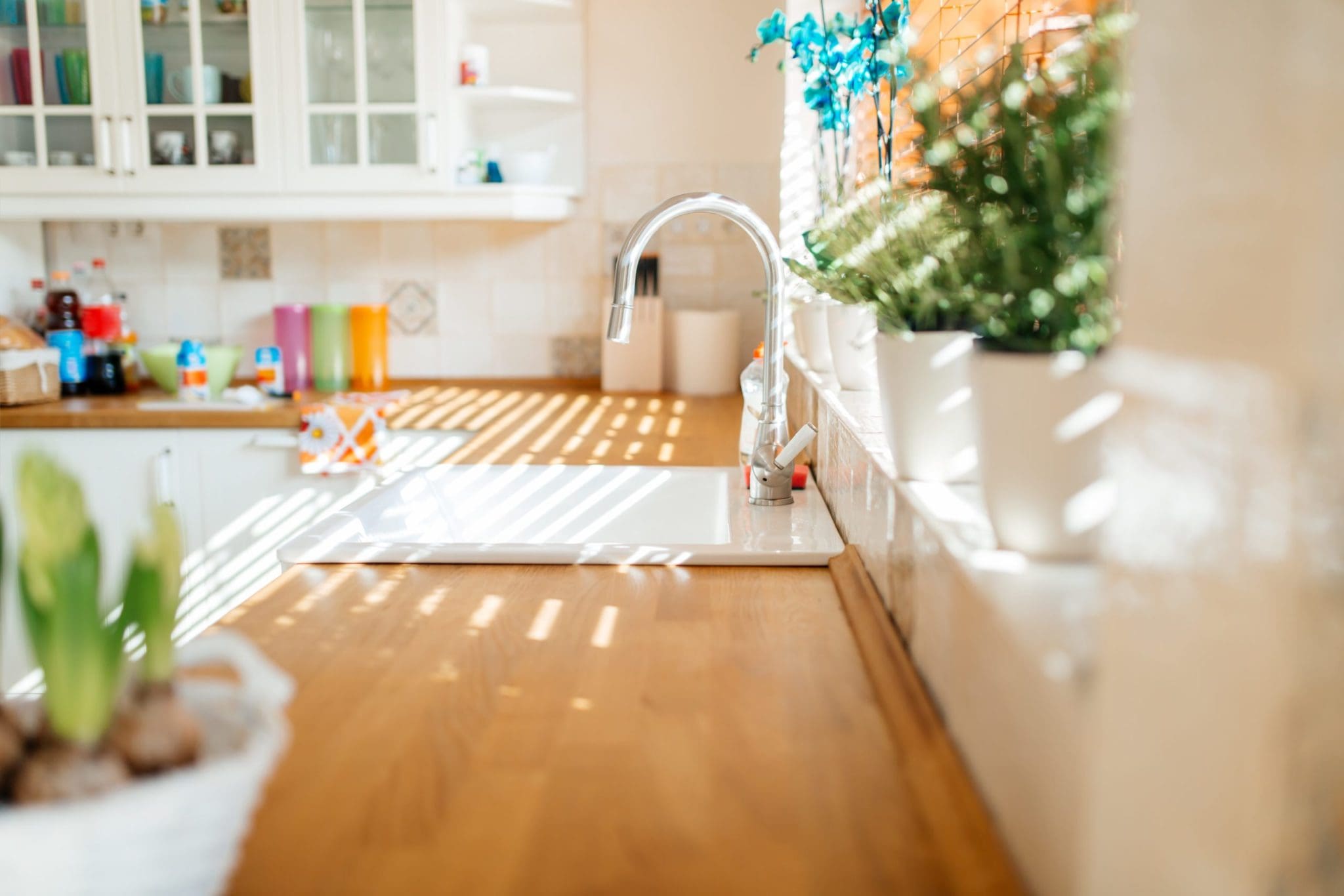









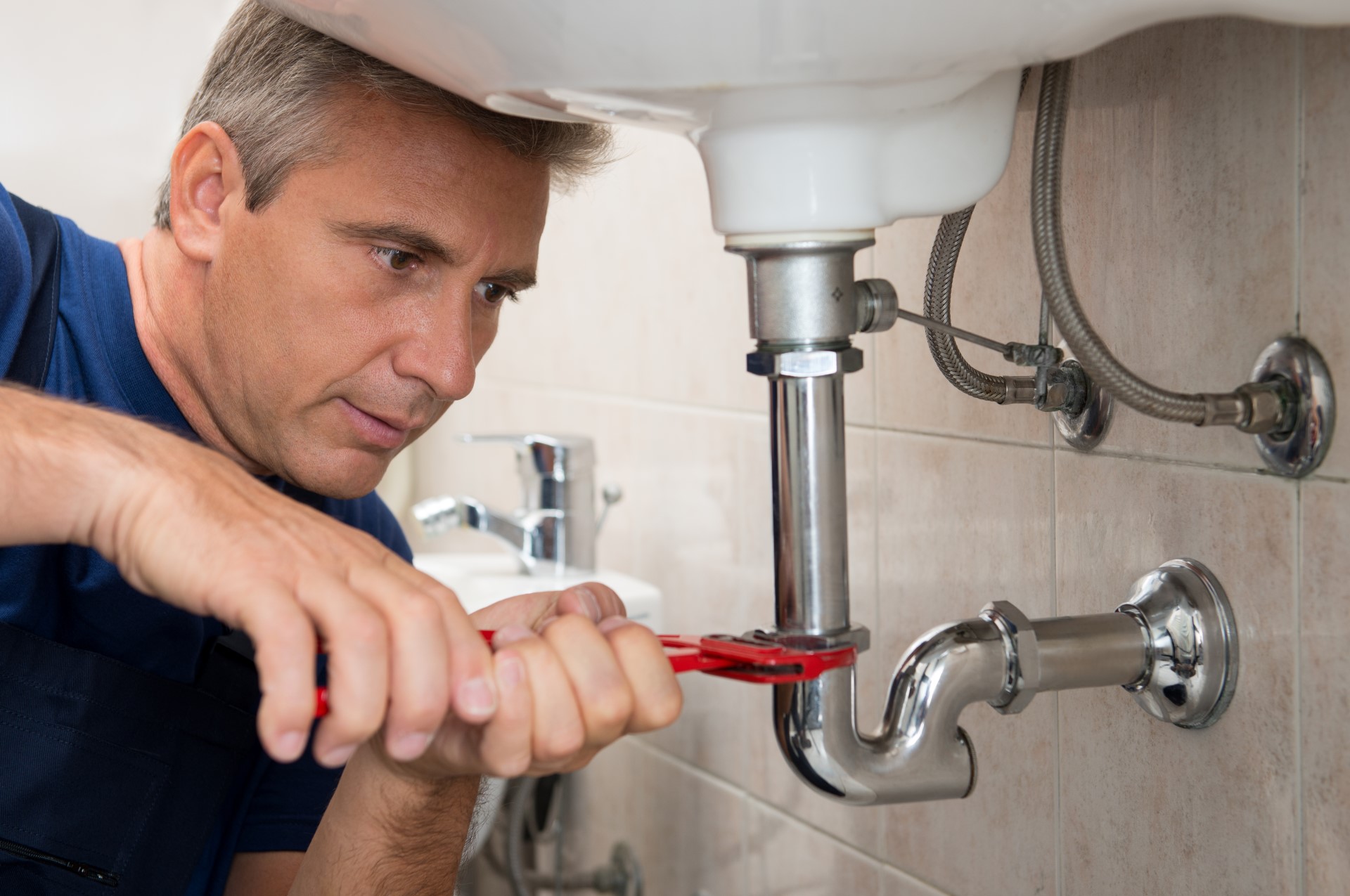

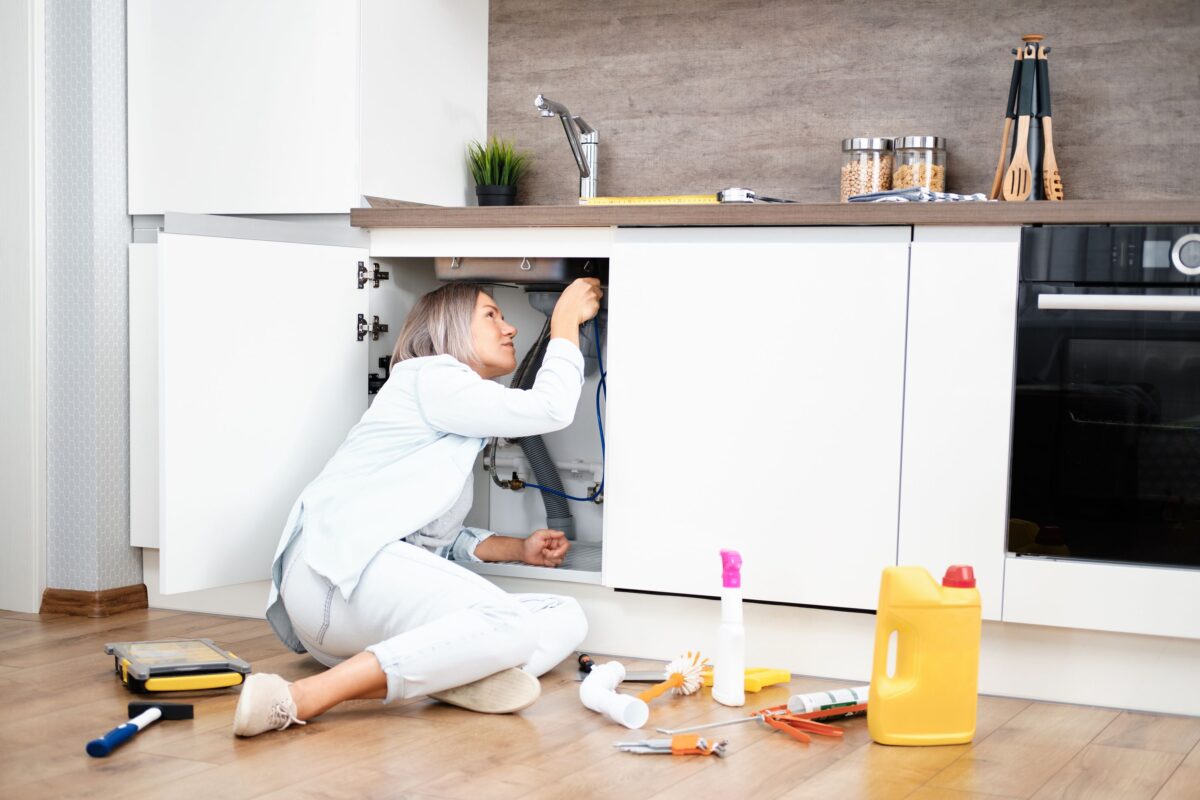
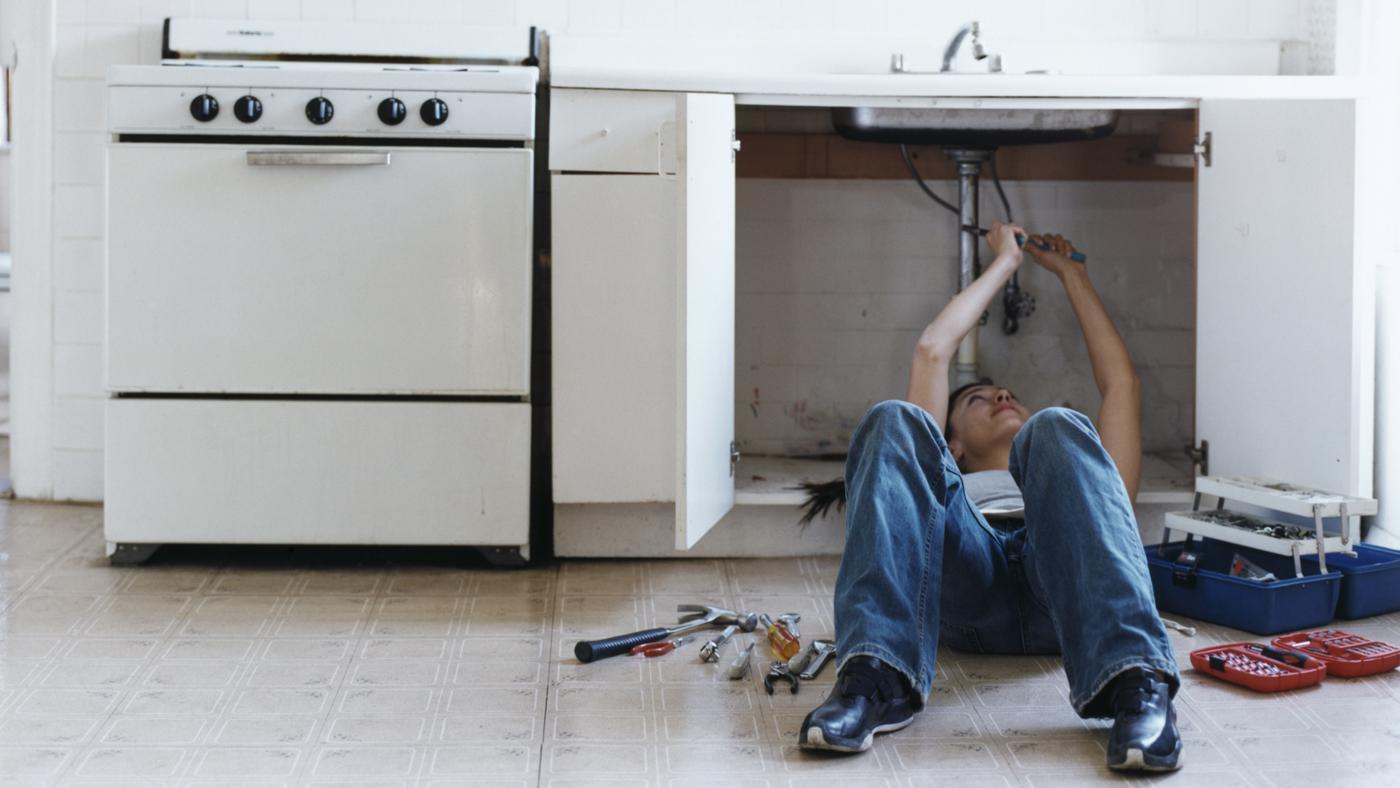
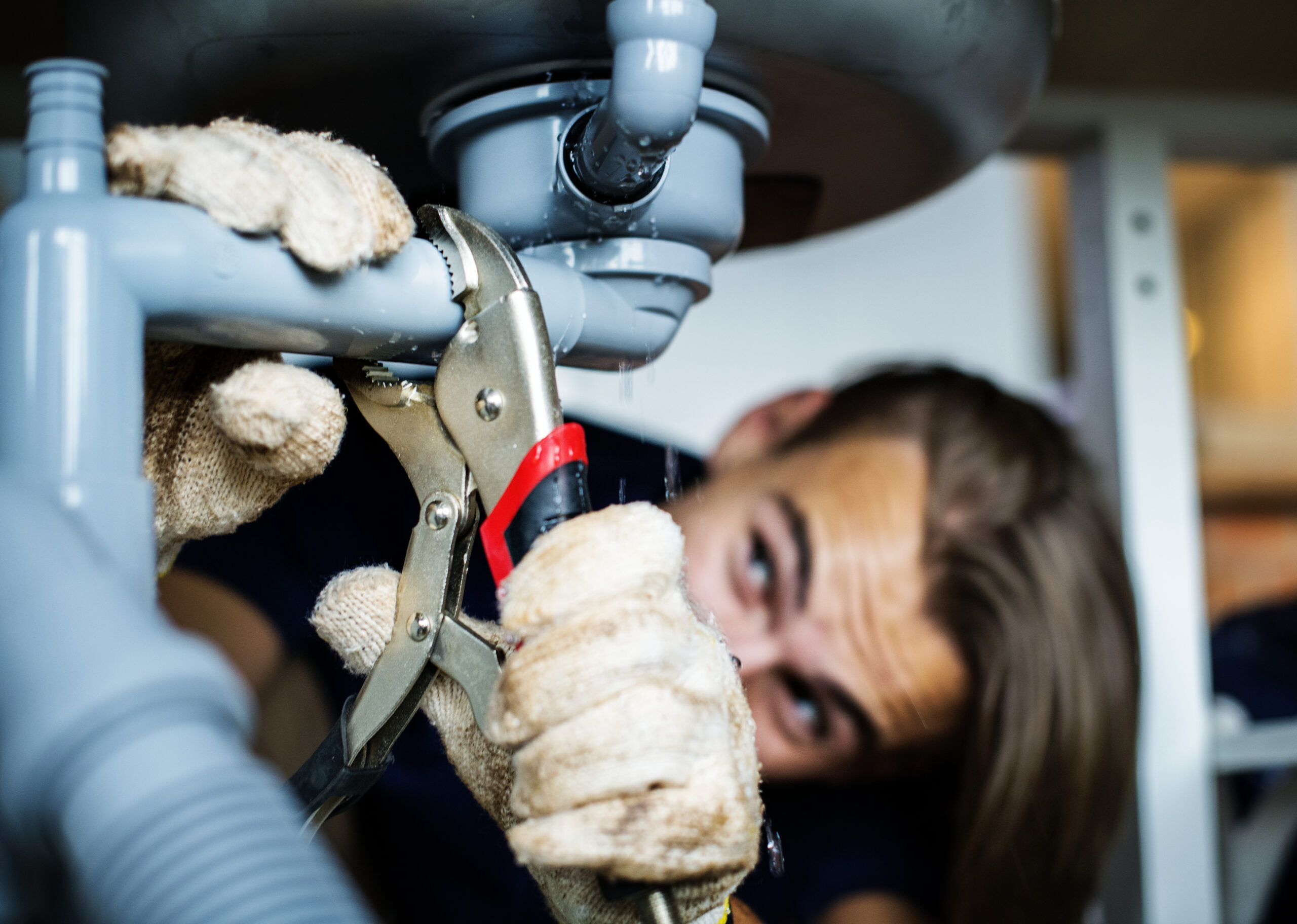


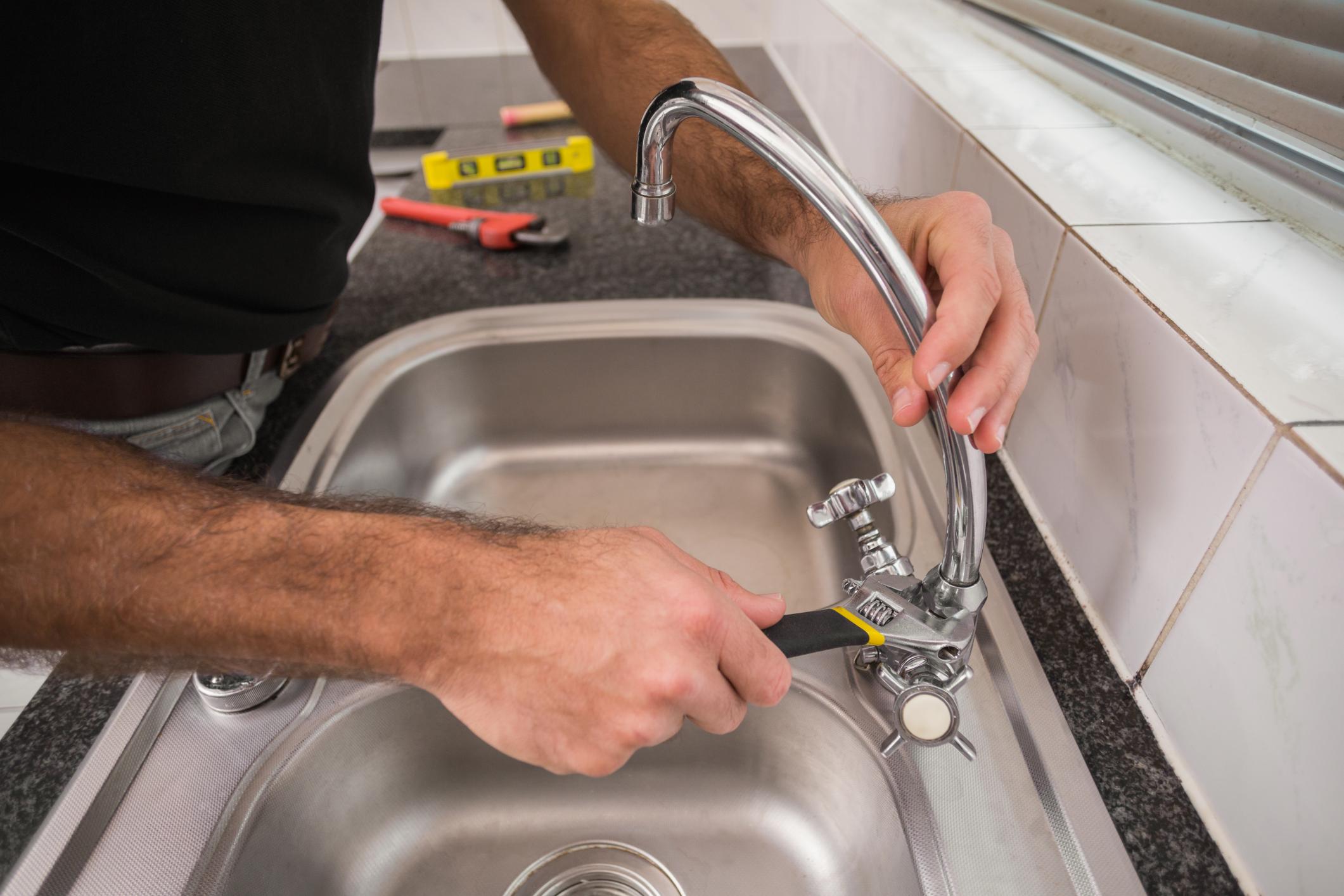



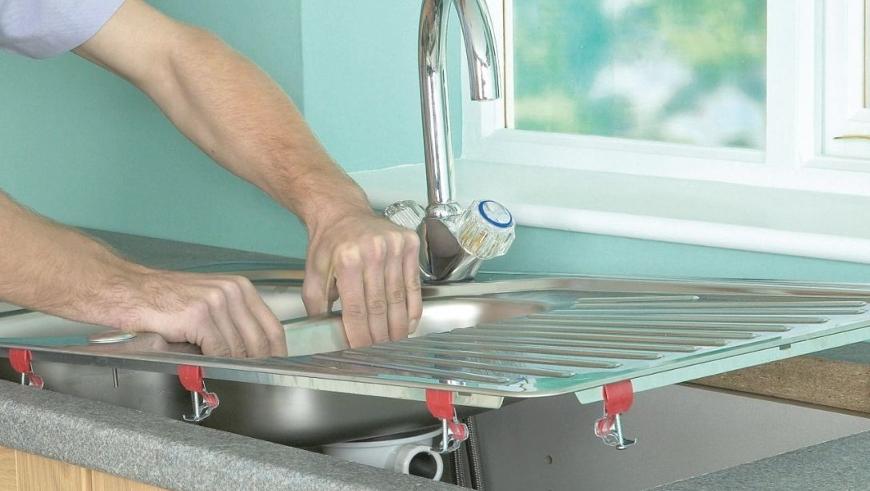

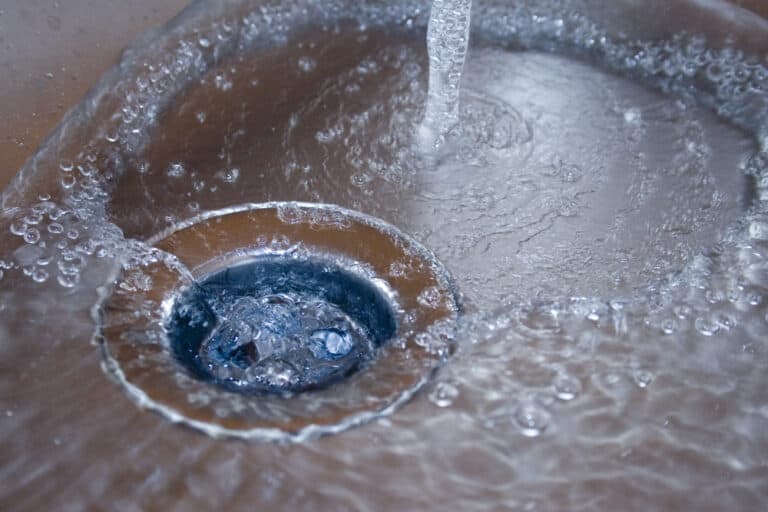










:max_bytes(150000):strip_icc()/Basic-kitchen-sink-types-1821207_color_rev-0b539306b9ef4236a136624ad2a89a4c.jpg)



